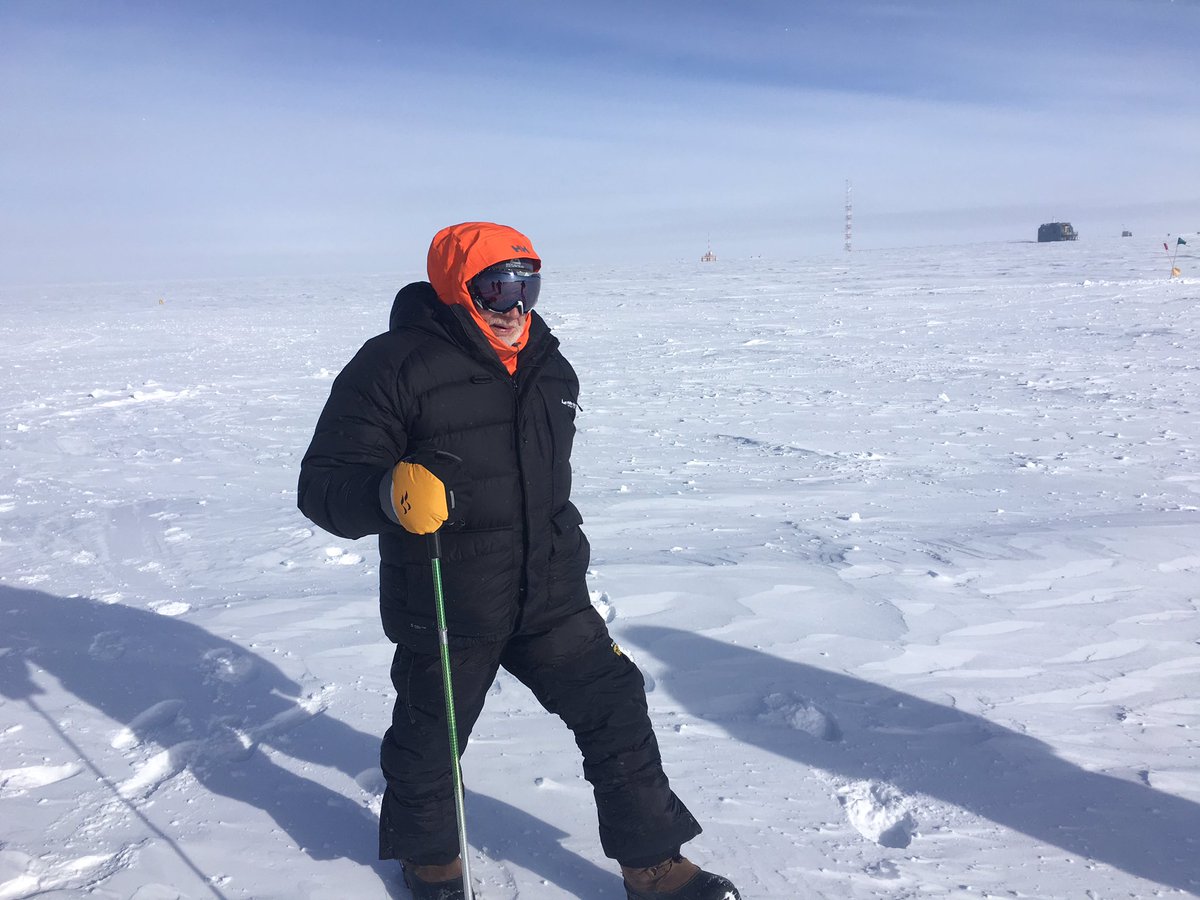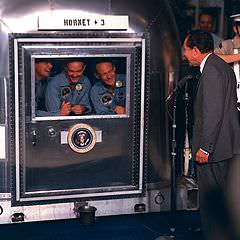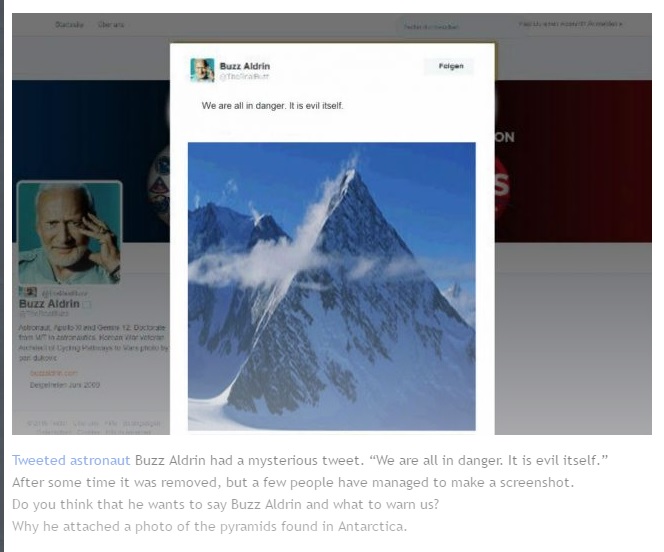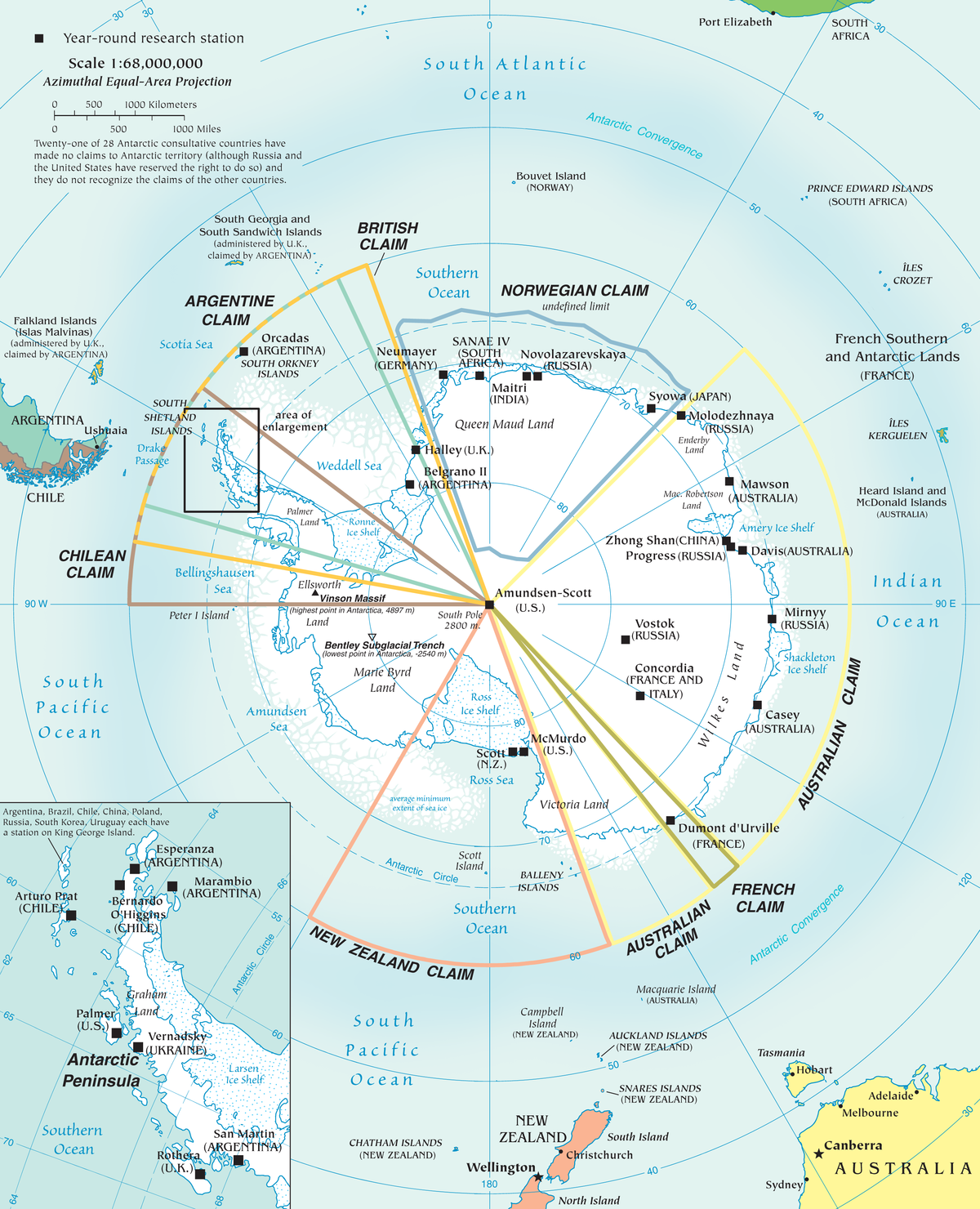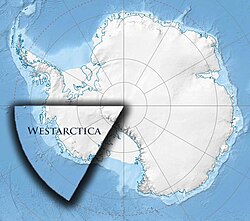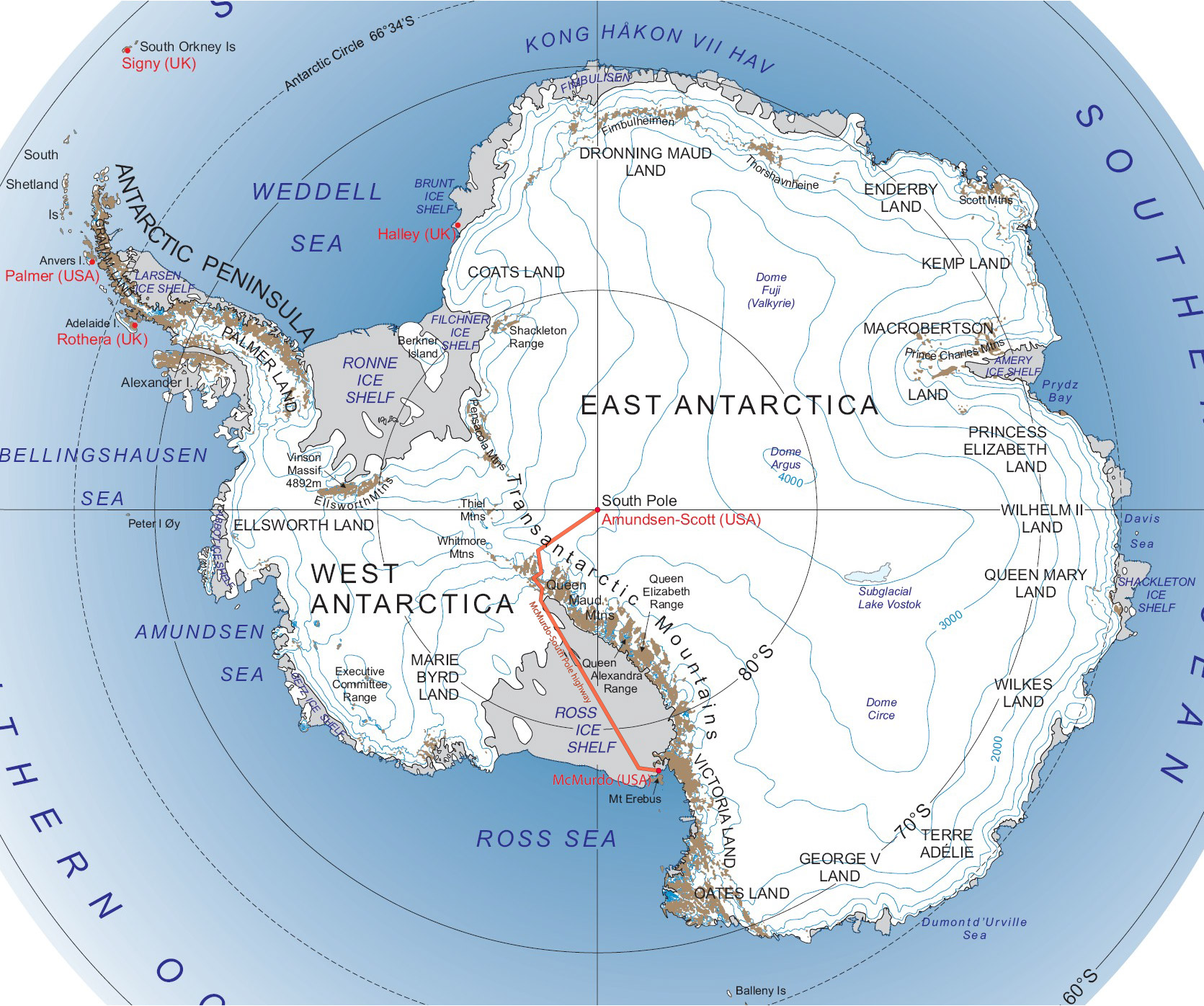Re: Antarctica
Buzz AldrinVerified account @TheRealBuzz
https://twitter.com/TheRealBuzz/status/805479488280637440
Josie Poduti @JPoduti64 9 Dec 2016
https://twitter.com/TheRealBuzz/status/805479488280637440
@TheRealBuzz How do you know what Mars looks like? What did you mean in your tweet about Antarctica & the evil there? What evil?
Buzz AldrinVerified account @TheRealBuzz 4 Dec 2016
Catching up on the world while I'm stuck in quarantine. Apparently @KimKardashian is out in public again.
Christina Korp @Buzzs_xtina (Daughter of Mr. Aldrin)
https://twitter.com/Buzzs_xtina/status/805475977195159553
Before we went to the South Pole we were staying at the amazing #WhiteDesert Whichaway camp. Looked like #Mars except where the snow was.
Buzz AldrinVerified account @TheRealBuzz 1 Dec 2016
https://twitter.com/TheRealBuzz/status/804399960162639872
Official statement about Buzz and his evacuation from the South Pole. He's recovering well in NZ. Full statement http://buzzaldr.in/2gN7a8U
Fighter4Freedom @Fighter4Freed0m 10 Dec 2016
@TheRealBuzz @CitizenoftheWo4 @Buzzs_xtina why is everyone going to south pole recently?
Official updates on Buzz Aldrin
Dec 1, 2017 buzzaldrin.com By: Buzz Aldrin
http://buzzaldrin.com/south-pole-news/
STATEMENT FROM BUZZ ALDRIN ENTERPRISES 18:30 GMT Saturday 3rd December 2016.
Buzz Aldrin is resting in hospital in Christchurch, New Zealand. He still has some
congestion in his lungs so has been advised not to take the long flight home to the States and to rest in New Zealand while it clears up.
Having been cleared by doctors previously, Buzz took the trip to Antarctica to add to his exploration achievements after having spacewalked in orbit during the Gemini 12 mission in 1966, having walked on the Moon during the Apollo 11 mission in 1969, traveled down to see the Titanic in 1996 and to the North Pole in 1998. The trip to the South Pole is the capstone of his personal exploration achievements.
But his
primary interest in coming to Antarctica was to experience and study conditions akin to Mars that are more similar there than any other place on earth.
“I’m extremely grateful to the National Science Foundation (NSF) for their swift response and help in evacuating me from the Admunsen-Scott Science Station to McMurdo Station and on to New Zealand. I had been having a great time with the group at White Desert’s camp before we ventured further south. I really enjoyed the time I spent talking with the Science Station’s staff too,”
said Aldrin from his hospital room.
“I started to feel a bit short of breath so the staff decided to check my vitals. After some examination they noticed congestion in my lungs and that my oxygen levels were low which indicated symptoms of altitude sickness. This prompted them to get me out on the next flight to McMurdo and once I was at sea level I began to feel much better. I didn’t get as much time to spend with the scientists as I would have liked to discuss the research they’re doing in relation to Mars. My visit was cut short and I had to leave after a couple of hours. I really enjoyed my short time in Antarctica and seeing what life could be like on Mars.”
“Finally, thanks to everyone from around the world for their well wishes and support. I’m being very well looked after in Christchurch. I’m looking forward to getting home soon to spend Christmas with my family and to continue my quest for Cycling Pathways and a permanent settlement on Mars. You ain’t seen nothing yet!”, concluded Aldrin.
EVACUATION TO CHRISTCHURCH NEW ZEALAND – 1915 UTC Thursday 1st December.
The evacuation flight for Buzz Aldrin has successfully landed at Christchurch, New Zealand and he has been transferred to hospital for examination. He is currently has fluid in his lungs but is responding well to antibiotics and being kept in overnight for observation. His condition is stable and his manager, who is currently with him, described him being in good spirits.
We would like to offer our sincere thanks to the team at the American National Science Foundation for accommodating Buzz and his manager on one of their flights from the South Pole to New Zealand via McMurdo.
There will be further updates when additional information is available.
ORIGINAL HOLDING STATEMENT FROM WHITE DESERT ABOUT SOUTH POLE MEDICAL EVACUATION
Buzz Aldrin has been evacuated from the South Pole. He was visiting the Pole as part of a tourist group operated by White Desert and while there his condition deteriorated. As a precaution, following discussion between White Desert’s doctor and the US Antarctic Program doctor, Buzz, accompanied by his manager, was evacuated on the first available flight out of the South Pole to McMurdo with the USAP under the care of a USAP doctor. His condition was described as stable on hand-over to the USAP medical team.
This flight is still in progress and there will be further updates when additional information is available.
Christina Korp
Manager & Mission Control Director to
Dr. BUZZ ALDRIN Astronaut, Gemini 12 & Apollo XI
Buzz Aldrin Enterprises, Inc @buzzs_xtina @therealbuzz
Comments:
Joe says:
December 14, 2016 at 7:41 am
Get well soon. Is there any truth to your last Tweet before being evaced that “We are all in danger…”? Please elaborate, if you can.
LOUIS M.EASTON says:
December 9, 2016 at 8:28 pm
Dear Buzz, im happy to hear you’re doing better. The whole world thinks you tweeted “WE ARE ALL IN DANGER. IT IS EVIL ITSELF.” I WAS WONDERING IF YOU TWEETED THIS AND IF SO WHAT ARE YOU TRYING TO TELL US?
Buzz Aldrin Recovers from Medical Evacuation by Catching Up on the Kardashians - AceCelebrity says:
December 4, 2016 at 2:01 pm
[…] The second person to walk on the moon in 1969, Aldrin was visiting Antarctica with a group hosted by luxury tourism operator White Desert when his “condition deteriorated,” according to a statement on his official website.
Buzz Aldrin
Public Nov 29, 2016
Buzz's Polar Penguins countdown to liftoff has commenced. #Antarctica #WhiteDesert
http://icecream.me/uploads/62ed4d7122625ea4cabe3f025b54969d.png
Antarctica
https://en.wikipedia.org/wiki/Antarctica
The elevation of the South Pole is 2,835 meters (9,300 feet), about the same height as mountain top observatories like Kitt Peak, Arizona. Some parts of the Antarctic Plateau are higher than 4,215 meters (13,830 feet), the altitude of Mauna Kea, Hawaii.
Meteorites
https://en.wikipedia.org/wiki/Antarctica#Meteorites
Meteorites from Antarctica are an important area of study of material formed early in the solar system; most are thought to come from asteroids, but some may have originated on larger planets. The first meteorite was found in 1912, and named the Adelie Land meteorite. In 1969, a Japanese expedition discovered nine meteorites. Most of these meteorites have fallen onto the ice sheet in the last million years. Motion of the ice sheet tends to concentrate the meteorites at blocking locations such as mountain ranges, with wind erosion bringing them to the surface after centuries beneath accumulated snowfall. Compared with meteorites collected in more temperate regions on Earth, the Antarctic meteorites are well-preserved.[126]
This large collection of meteorites allows a better understanding of the abundance of meteorite types in the solar system and how meteorites relate to asteroids and comets. New types of meteorites and rare meteorites have been found. Among these are pieces blasted off the Moon, and probably Mars, by impacts. These specimens, particularly ALH84001 discovered by ANSMET, are at the centre of the controversy about possible evidence of microbial life on Mars. Because meteorites in space absorb and record cosmic radiation, the time elapsed since the meteorite hit the Earth can be determined from laboratory studies. The elapsed time since fall, or terrestrial residence age, of a meteorite represents more information that might be useful in environmental studies of Antarctic ice sheets.[126]
In 2006 a team of researchers from Ohio State University used gravity measurements by NASA's GRACE satellites to discover the 500-kilometre-wide (300 mi) Wilkes Land crater, which probably formed about 250 million years ago.[127]
In January 2013 an 18 kg (40 lb) meteorite was discovered frozen in ice on the Nansen ice field by a Search for Antarctic Meteorites, Belgian Approach (SAMBA) mission.[128]
In January 2015 reports emerged of a 2-kilometre (1.2 mi) circular structure, supposedly a meteorite crater, on the surface snow of King Baudouin Ice Shelf. Satellite images from 25 years ago seemingly show it.
https://en.wikipedia.org/wiki/Antarctica#/media/File:ALH84001.jpg
Antarctic meteorite, named ALH84001, from Mars


